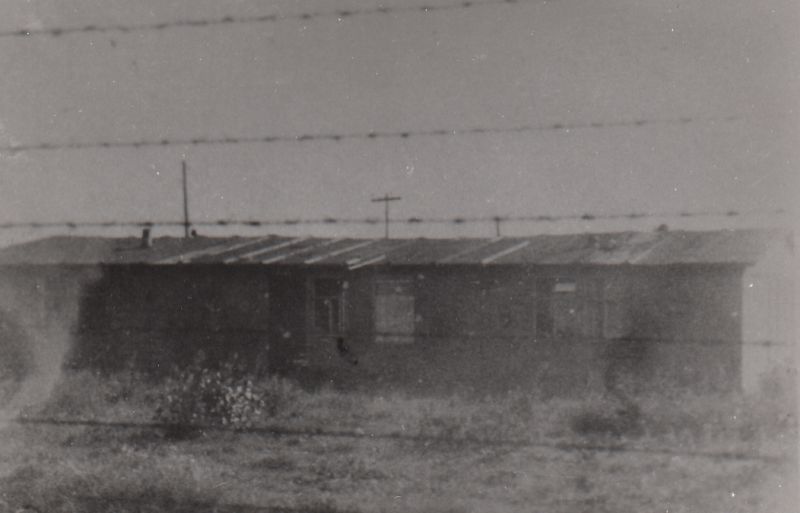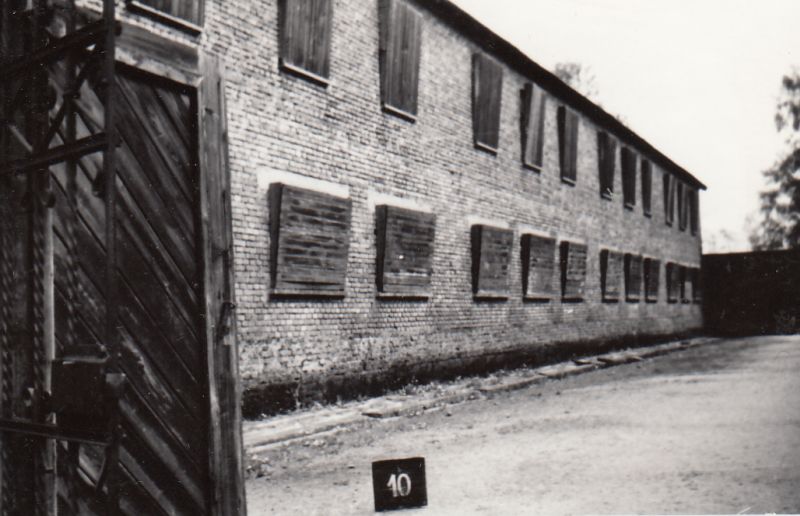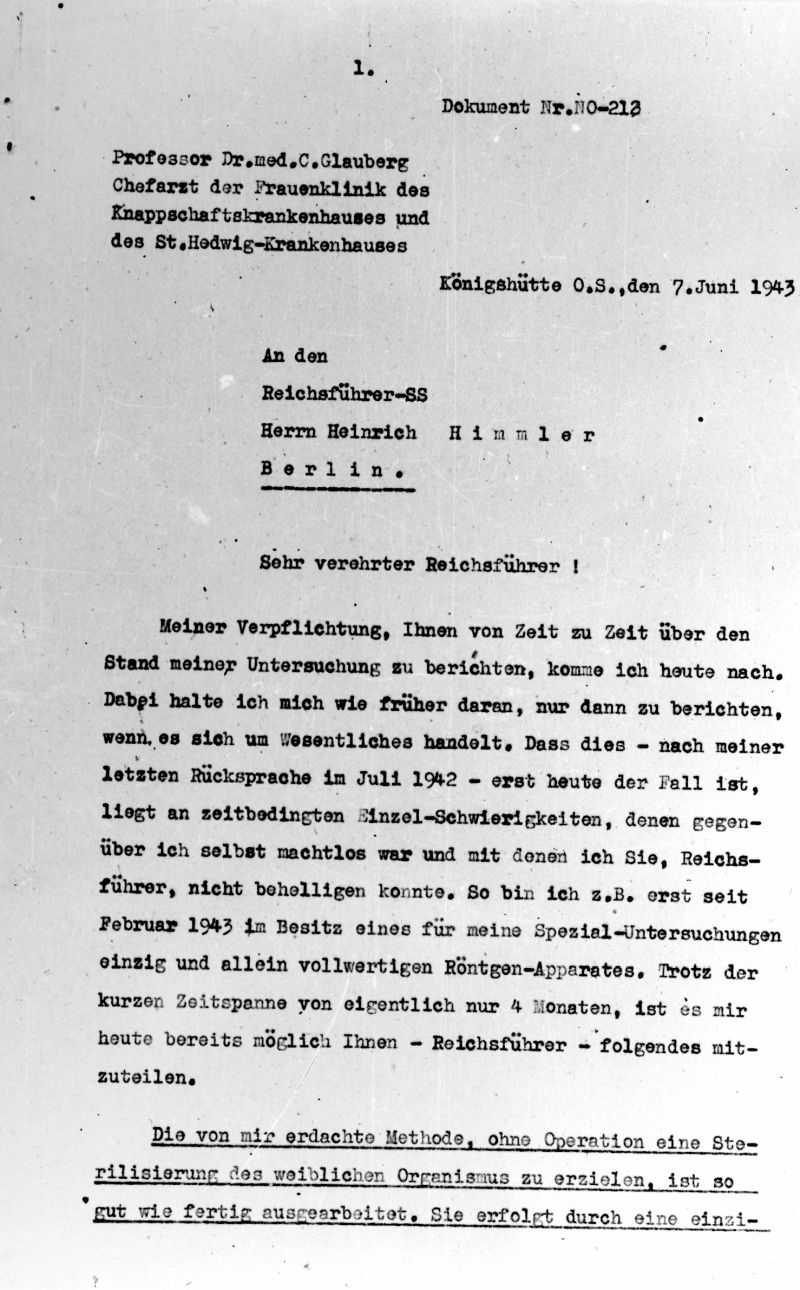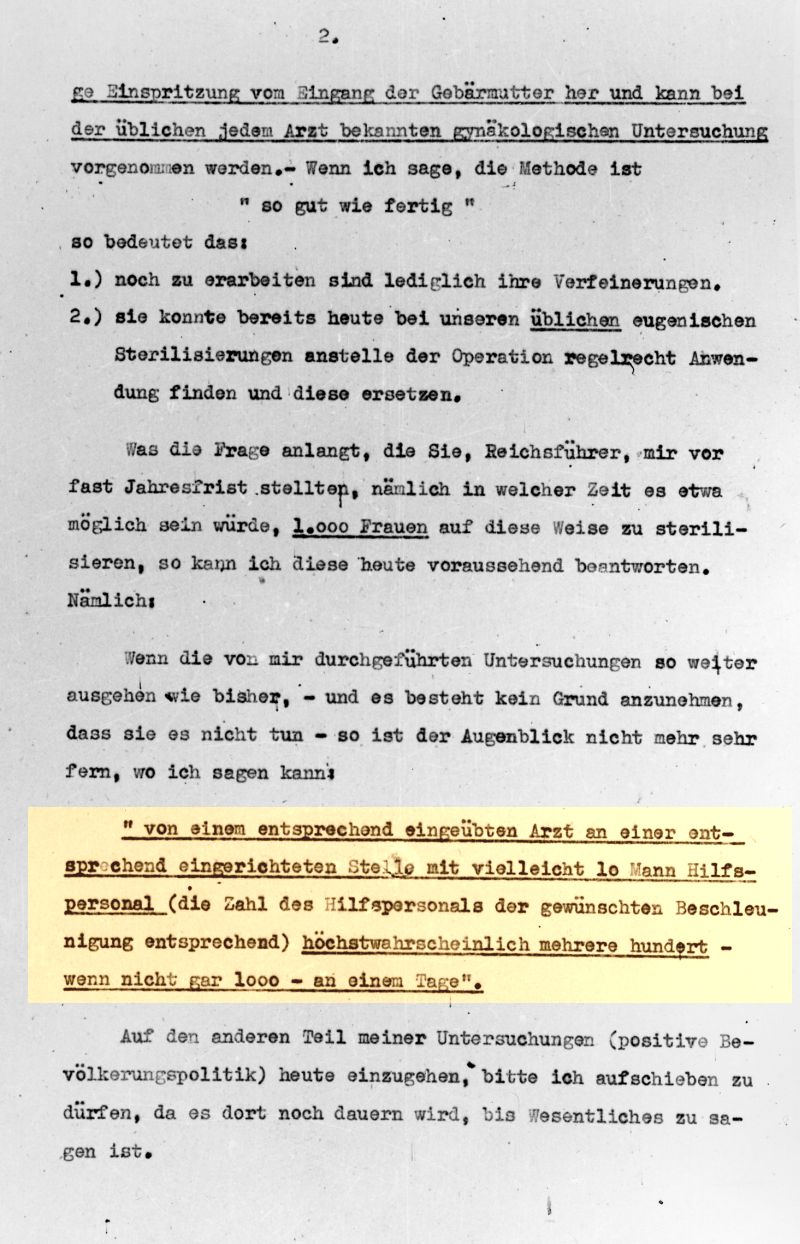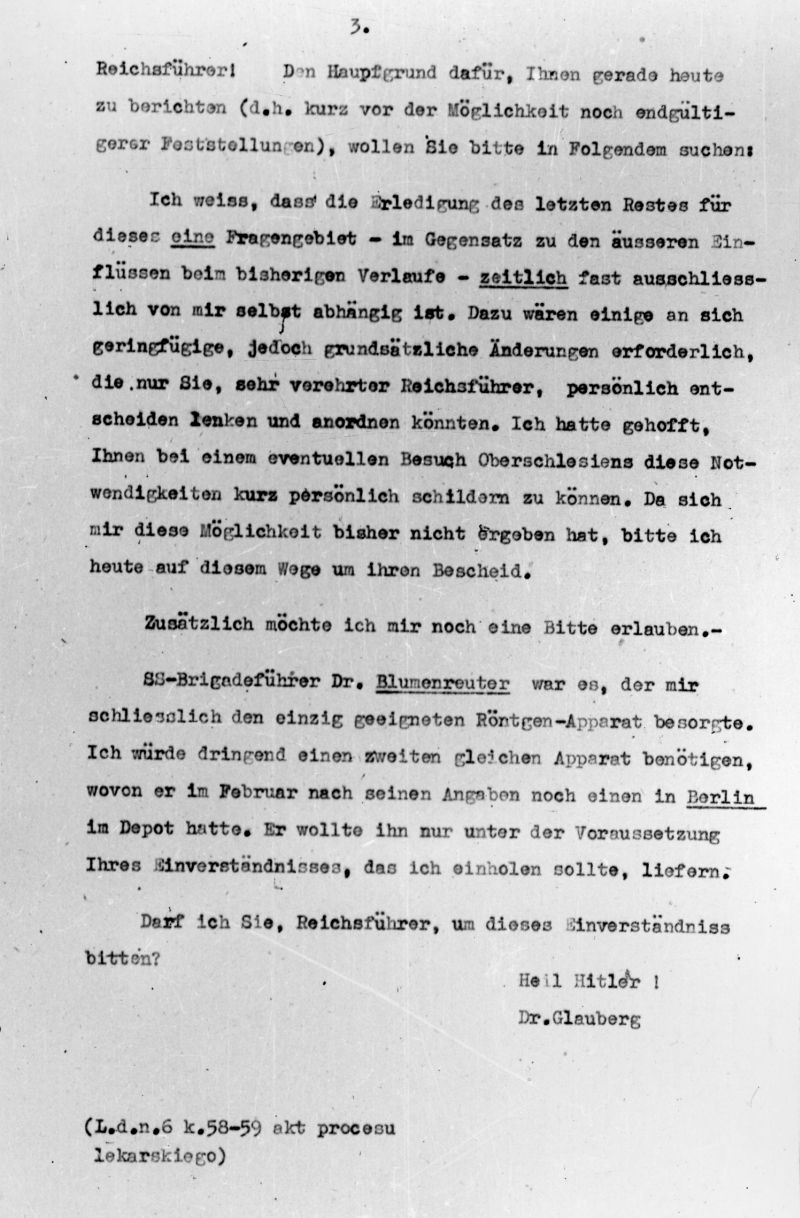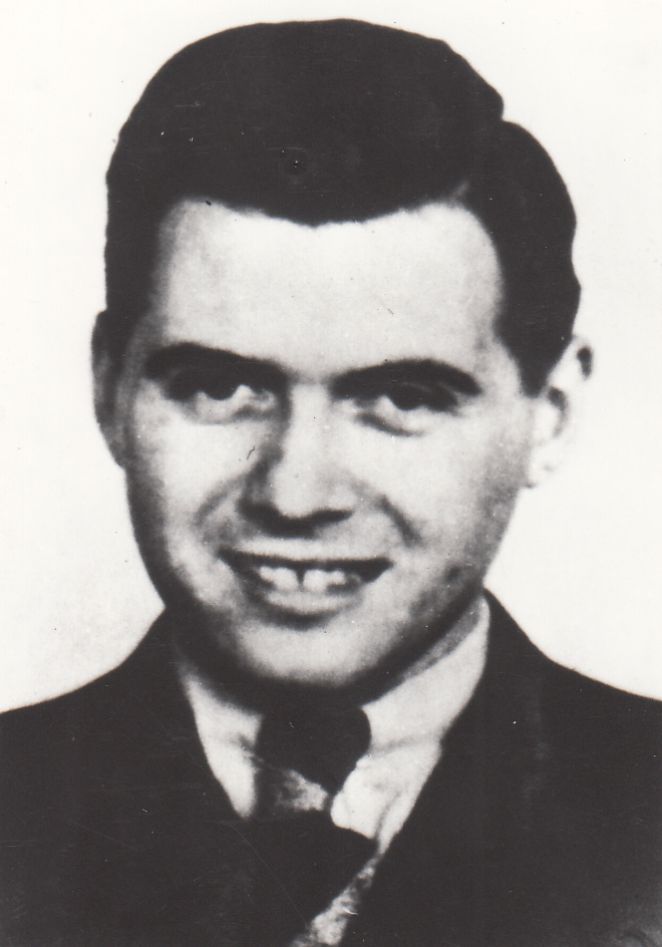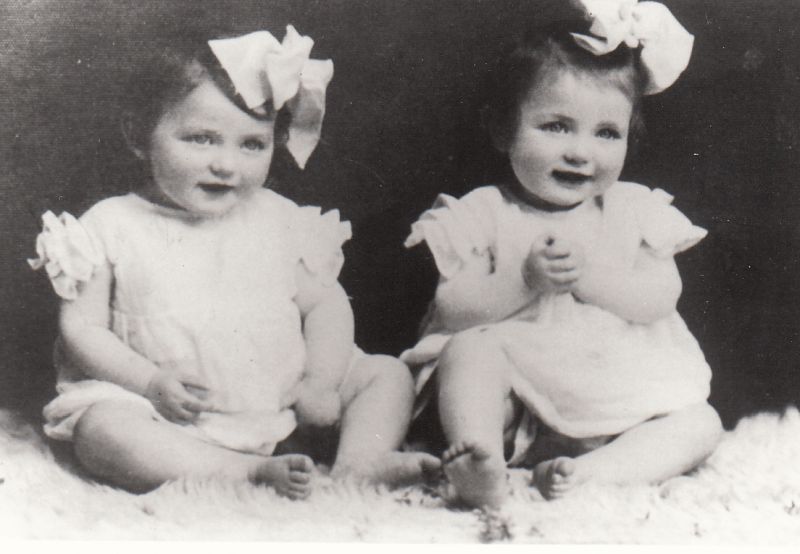Medical experiments conducted on male and female prisoners by SS-physicians constitute a special category of their crimes. For the experiments usually were chosen young and strong women, mostly Jewish, but also Roma and women of other nationalities. The experiments were performed for various reasons: for army purposes (among others, experiments consisting of infecting of male and female prisoners with contagious diseases and testing medicines on them), for implementing the population policy planned after the war (i.e. experiments regarding fertility) and for devoloping a scientific base for the racial theories (antopological research).
Observations and examinations (not seldom very invasive and painful) and experiments, leading often to death or irreversible lifelong mutilation were conducted also on pregnant women and children.
The victims of experiments were neither asked for any consent nor provided any information regarding planned and realized treatment, the way it was carried out or possible side effects.
At the end of 1942 to Auschwitz came a gynaecologist, Dr. Carl Clauberg, who tested on female prisoners a mass sterilisation method without surgery. He realized his research initially in Birkenau, in the barrack no 30 (BI a), but due to disastrous sanitary conditions there he received an approval for replacement. In April 1943 he obtained a part of the block 10 in the main camp for his research. In May 1944 his so- called experimental station was removed outside the camp area and located in one of the buildings of the new build so- called camp extension (Lagererweiterung).


